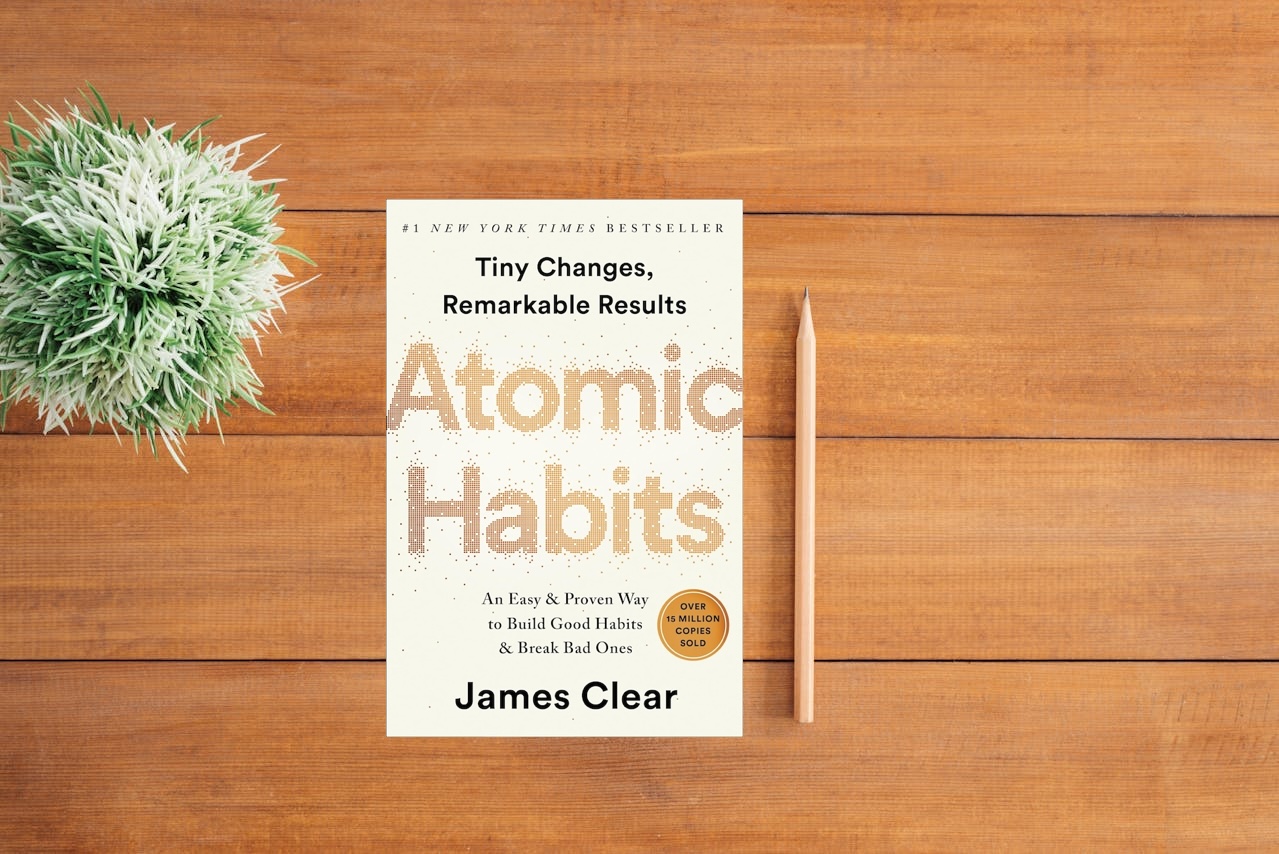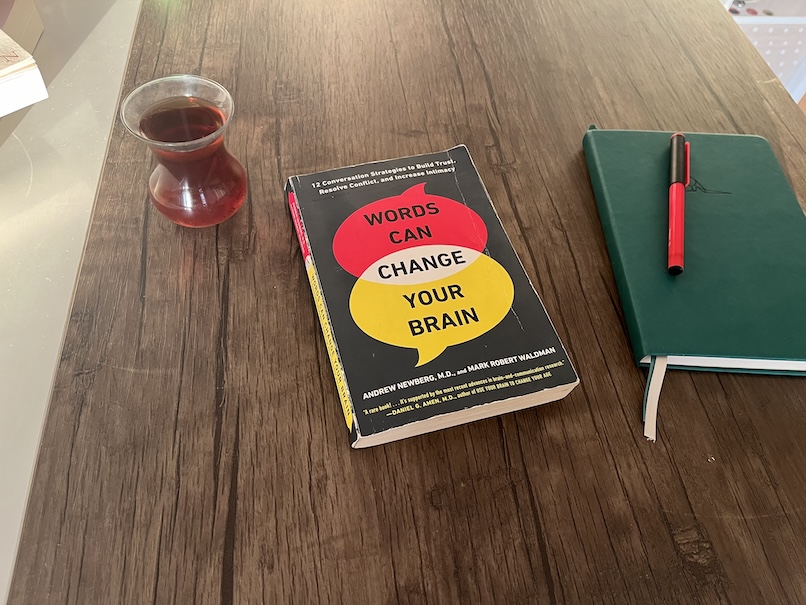Book Summary: Atomic Habits
Habits are the foundation upon which lasting change is built, making them essential for anyone looking to achieve their goals and live a fulfilling life.

“We are what we repeatedly do. Excellence, then, is not an act, but a habit.”
— Aristotle
Atomic Habits by James Clear is a best-selling book that delves into the science of habits and offers practical strategies for forming good habits, breaking bad ones, and mastering the tiny behaviors that lead to remarkable results. Clear presents the idea that habits are the compound interest of self-improvement—small changes, when consistently applied, can lead to significant outcomes over time.
Overview of the Key Concepts
1. The Power of Atomic Habits
Clear begins by explaining that “atomic” refers to the small, almost imperceptible actions that, when repeated consistently, can compound into substantial change. He argues that focusing on making small daily improvements rather than aiming for a complete overhaul is more effective and sustainable. Success, Clear asserts, is the product of daily habits, not once-in-a-lifetime transformations.
2. The Four Laws of Behavior Change
Clear outlines a framework for building good and breaking bad habits, which he calls the “Four Laws of Behavior Change.” These laws are based on the cue-routine-reward loop first introduced by Charles Duhigg in The Power of Habit, but Clear expands on this with actionable advice.
Law 1: Make It Obvious (Cue): Identify the triggers that prompt your habits. Clear suggests using techniques like habit stacking (pairing a new habit with an existing one) and designing your environment to make cues more visible and harder to ignore.
Law 2: Make It Attractive (Craving): Habits are driven by cravings. By making the desired habit attractive, you increase your motivation to perform it. This could involve associating the habit with something you enjoy or surrounding yourself with positive influences.
Law 3: Make It Easy (Response): Simplify the habit so it requires minimal effort. This law is about reducing friction—making the habit so easy that you can’t say no. Clear advises scaling down habits to their smallest possible version, which he calls the “Two-Minute Rule”—start with something that takes just two minutes to complete.
Law 4: Make It Satisfying (Reward): Reinforce your habits by rewarding the outcome. Immediate rewards help solidify the habit loop in your brain. Clear recommends tracking your habits visually (like with a habit tracker) to see your progress and maintain motivation.
3. The Plateau of Latent Potential
Clear introduces the concept of the “Plateau of Latent Potential,” which refers to the idea that we often don’t see immediate results from our efforts. This can be discouraging, but understanding that success is often delayed can help you push through this phase. The key is to remain consistent and trust that your habits will eventually produce the desired results.
4. Identity-Based Habits
One of the book’s most profound insights is its focus on identity. Clear argues that the most effective way to change your habits is to focus not on what you want to achieve but on who you wish to become. For instance, instead of setting a goal to run a marathon, identify yourself as a runner. This shift in focus from outcome-based habits to identity-based habits creates a more sustainable and long-term commitment to change.
5. The Role of Environment
Clear emphasizes the importance of designing your environment to support your desired habits. Your surroundings can either help or hinder your progress, and small environmental adjustments can make a big difference. For example, placing healthier foods at eye level in your fridge makes it easier to choose them, or putting your running shoes by the door makes it more likely you’ll go for a run.
6. The Importance of Systems Over Goals
Clear argues that while goals are important, they are not the key to achieving success. Instead, he advocates for focusing on the systems and processes that lead to those goals. Systems are the habits you follow daily, and by refining and optimizing these systems, you set yourself up for continuous improvement and eventual success.
7. Habit Tracking and Accountability
To ensure that habits stick, Clear recommends habit tracking—keeping a record of your habits and celebrating small wins. This helps maintain consistency and provides a sense of accomplishment, which is critical for staying motivated. Additionally, having an accountability partner or being part of a group can significantly increase your chances of success.
8. Breaking Bad Habits
To break bad habits, Clear suggests inverting the Four Laws of Behavior Change:
- Make It Invisible: Reduce exposure to the cues that trigger the bad habit.
- Make It Unattractive: Reframe your mindset to see the negative aspects of the habit.
- Make It Difficult: Increase the effort required to perform the bad habit, thereby creating friction.
- Make It Unsatisfying: Introduce a form of punishment or remove the reward associated with the bad habit.
9. Advanced Tactics
In the latter part of the book, Clear discusses more advanced techniques for those who want to take their habit-building to the next level. This includes strategies like deliberate practice, building mental toughness, and the importance of habits in achieving peak performance.
Conclusion
Atomic Habits is a comprehensive guide to understanding and harnessing the power of habits. James Clear offers a systematic approach to making small, incremental changes that lead to significant personal and professional growth. The book’s strength lies in its actionable advice, clear explanations, and practical application of behavioral science. Whether looking to improve your health, productivity, or overall well-being, Atomic Habits provides the tools and strategies to make lasting change.
The book’s central message is simple yet profound: small habits, when consistently practiced, can lead to remarkable results. By focusing on who you want to become, optimizing your environment, and developing effective systems, you can transform your life, one tiny habit at a time.
Click here to read reviews and purchase the book.




